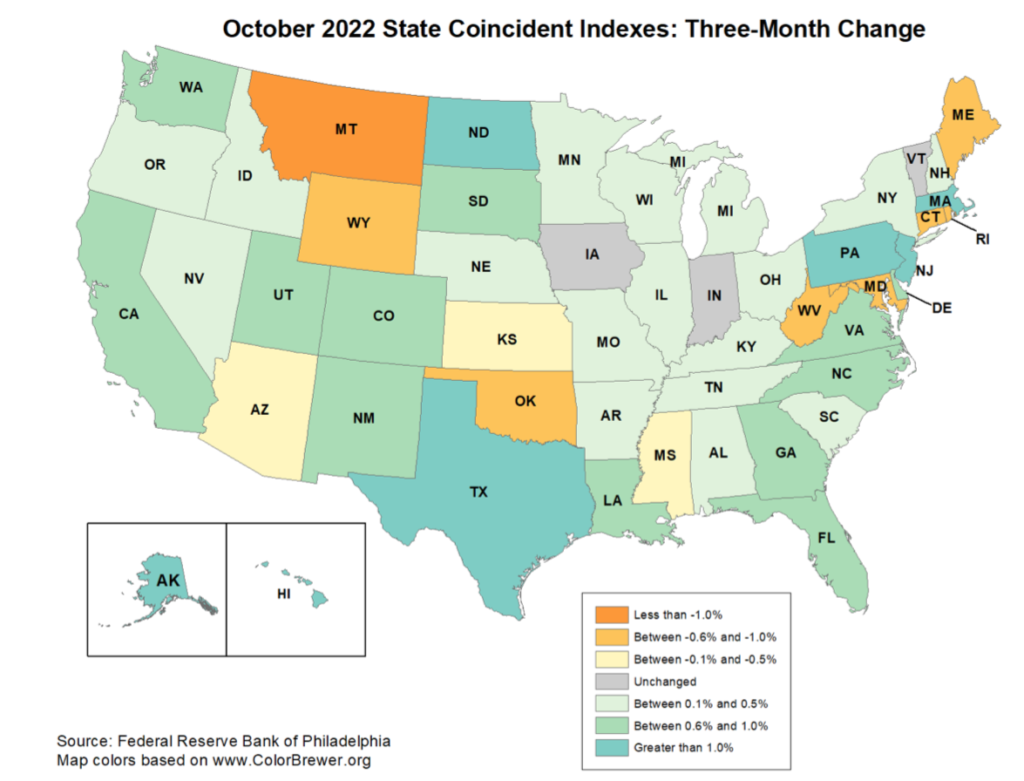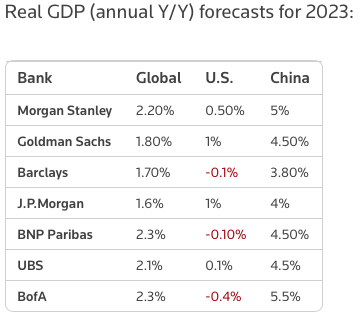From Mortgage News Daily:
Mortgage Rates Remain Near Recent Lows Despite Fed’s Rate Hike
It’s often said here, but bears repeating: by the time the Fed officially announces a rate hike, that rate hike is old news and of no further consequence to financial market movement. There are exceptions for times when the hike is bigger or smaller than expected, but in today’s case, everyone knew it would be 0.50%.
Does this mean mortgage rates are 0.50% higher today? Not even remotely. In fact, many lenders unchanged compared to yesterday. A few are even slightly better.
Simply avoiding any major upward pressure in rates is a victory today. But why? If the Fed rate hike wasn’t the threat, then what was there to be concerned about?
In a word: dots.
No, not the perennial bottom barrel choice of trick-or-treaters, but rather, the dot plot that the Fed uses to convey its summary of interest rate forecasts from each member. On days like today when the Fed has very little new to say in a policy announcement, the market prefers to focus on the dots for guidance.
We knew today’s dots would show a few more rate hikes than the last set of dots from September. The Fed said as much on several occasions in recent speeches. But reality was perhaps slightly more aggressive than the market’s imagination. In other words, bonds (which dictate rates) initially weakened after the dots (weaker bonds imply higher rates).
Fortunately, Fed Chair Powell pushed back against the rising rate sentiment by acknowledging that the dots capture the current moment in time, but that the rate path would shift as soon as inflation was clearly under control. Making that determination will be a gradual process reserved for a later date, but Powell said the Fed expects inflation to begin falling more convincingly in 2023.
All in all, the market movement was small compared to yesterday’s reaction to the CPI inflation data. Lenders who had priced more conservatively earlier in the day ended up offering improvements after Powell’s press conference in many cases. The net effect is a rate landscape that remains right in line with its best levels in several months.


